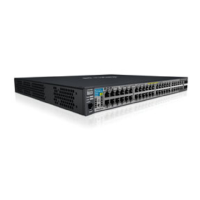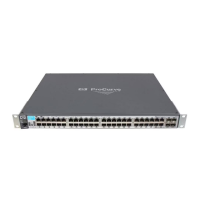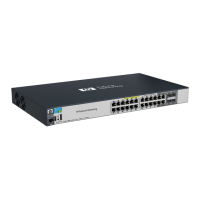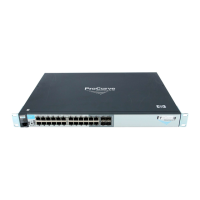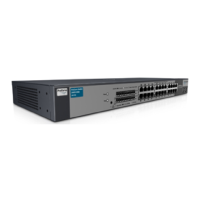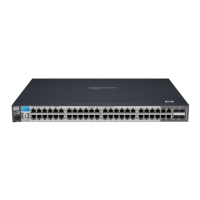Multicast Listener Discovery (MLD) Snooping
Overview
Overview
Multicast addressing allows one-to-many or many-to-many communication
among hosts on a network. Typical applications of multicast communication
include audio and video streaming, desktop conferencing, collaborative com-
puting, and similar applications.
Multicast Listener Discovery (MLD) is an IPv6 protocol used on a local link
for multicast group management. MLD is enabled per VLAN, and is analogous
to the IPv4 IGMP protocol.
MLD snooping is a subset of the MLD protocol that operates at the port level
and conserves network bandwidth by reducing the flooding of multicast IPv6
packets.
This chapter describes concepts of MLD snooping and the CLI commands
available for configuring it and for viewing its status.
7-2

